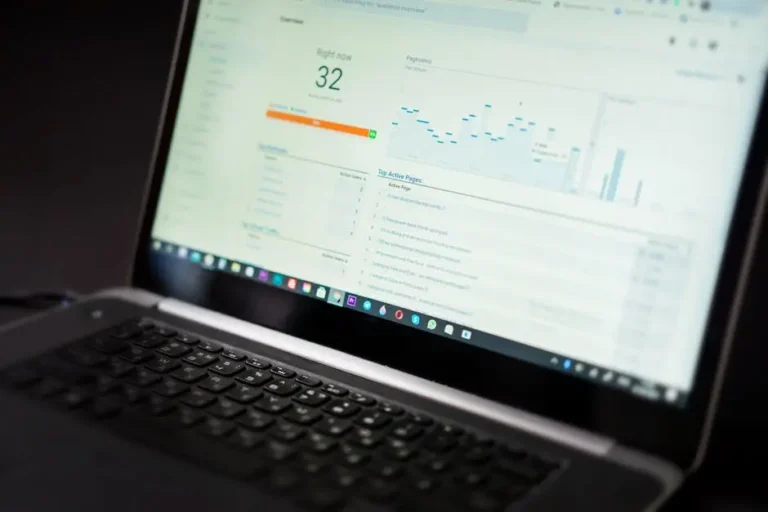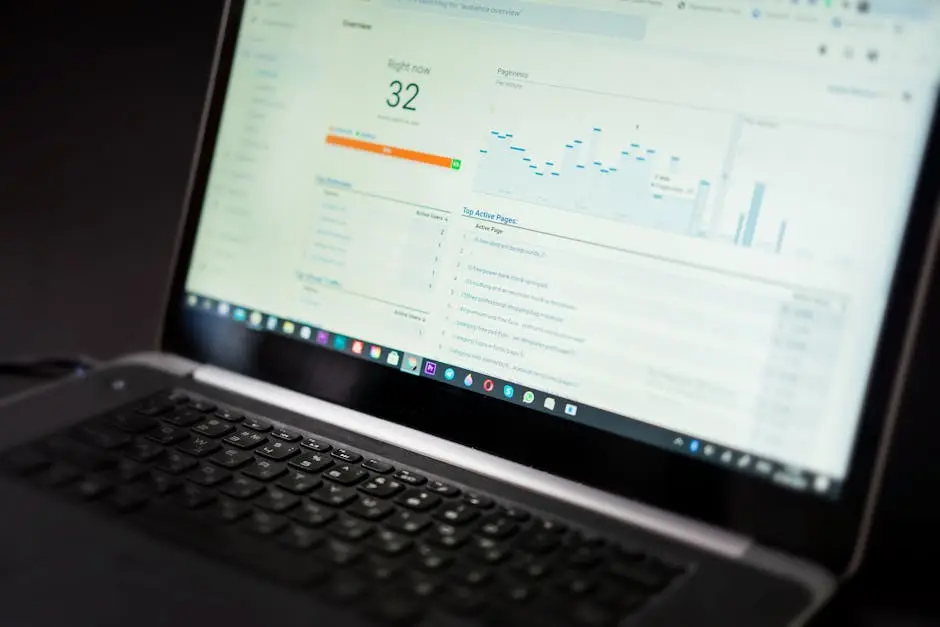Choosing the right PEO software for your business can feel overwhelming with so many options available. This guide is here to help you understand the essential features that can make managing your company’s human resources easier and more efficient. Let’s dive into what you should look for!
Step 1: User-Friendly Interface
Look for software that is easy to navigate. A user-friendly interface ensures that employees and HR staff can use the software without extensive training.
When evaluating options, consider how intuitive the layout is. An organized dashboard not only enhances productivity but also makes it easier for less tech-savvy employees to adapt.
You want a solution that allows quick access to important features and minimizes the time spending figuring out how to use it. Simplicity is key!
Don’t underestimate the importance of mobile accessibility. A user-friendly PEO software should also perform well on mobile devices, allowing your team to manage HR tasks on the go.
Step 2: Comprehensive HR Features
Ensure the software includes essential HR features like payroll processing, employee benefits administration, and compliance management.
Your PEO software should streamline critical processes. Look for systems that combine payroll, hiring, onboarding, performance tracking, and offboarding into one cohesive tool.
Moreover, the ability to manage employee benefits seamlessly, from health to retirement plans, can significantly improve employee satisfaction and retention.
Compliance features are also crucial; the software should have the capability to update automatically in response to changing labor laws and regulations.
Step 3: Integration Capabilities
Choose software that can easily integrate with your existing tools. This will enhance workflow and data management across platforms.
Look for a PEO software that supports APIs or integrations with popular tools such as accounting systems, CRM platforms, and performance management systems. This ensures a seamless flow of information.
The flexibility to connect with other applications means that your organization won’t have to manage data separately across different platforms, reducing redundancy and errors.
Step 4: Reporting and Analytics Tools
Look for robust reporting capabilities that provide insights into your workforce, aiding in strategic decision-making.
A good PEO software should offer customizable reports that allow you to track metrics that matter to your organization. Whether it’s turnover rates, employee performance, or engagement levels, the data should be at your fingertips.
Additionally, real-time analytics can help gauge the effectiveness of HR initiatives. A proactive approach backed by solid data will set your business up for success.
Step 5: Excellent Customer Support
Select a PEO software provider with strong customer service. Responsive support can save you time and stress when issues arise.
Look for companies that offer multiple support channels including phone, chat, and email support. The availability of 24⁄7 service can be a significant advantage.
Moreover, check reviews and testimonials to gauge the customer experience. A company known for its exceptional service can be the difference between frustration and smooth operations.
Make an Informed Choice
By focusing on these key features, you’ll be well-equipped to choose PEO software that meets your business needs. Take your time to evaluate each option, and don’t hesitate to reach out for demos or trials to see how they work in practice.







